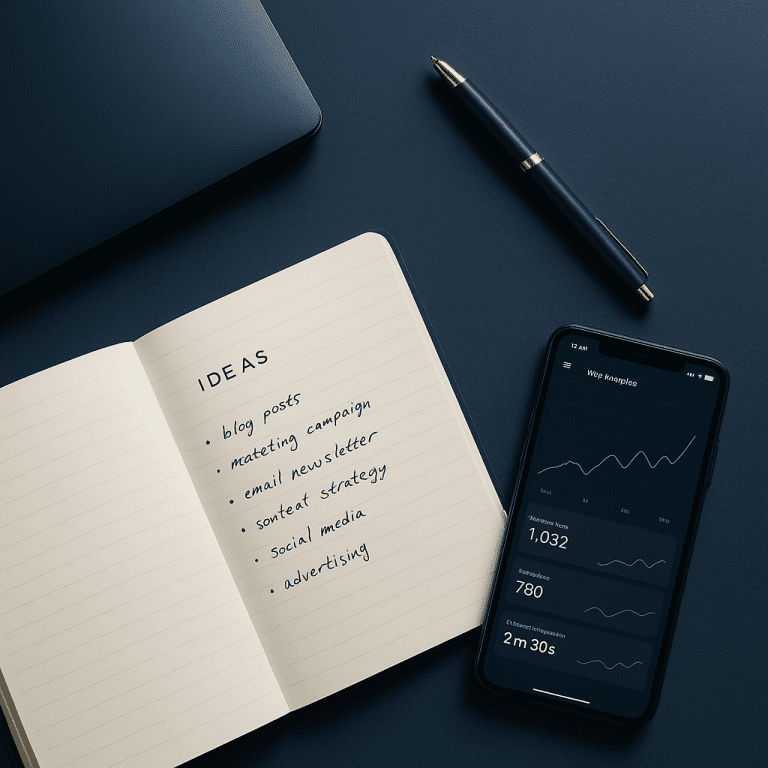As startups grow, many consider expanding from a business-to-consumer (B2C) approach to include business-to-business (B2B) models. This move can open up new revenue streams and help the company scale faster. However, making the leap isn’t as simple as just changing your target audience. It requires a deep understanding of each market’s unique needs, updates to your technology structure, and a thoughtful monetization strategy. This article explores how startups can effectively operate in both B2C and B2B markets through a flexible and well-planned dual market strategy.
Understanding the Differences Between B2C and B2B
To navigate the shift successfully, it’s important to understand how B2C and B2B differ in terms of marketing, sales, and product development. B2C businesses focus on individual customers and often rely on emotional appeal and quick decision-making in their marketing. On the other hand, B2B decisions involve multiple stakeholders, require logical and value-driven pitches, and usually have longer sales cycles.
In B2C, products tend to have a broad appeal, and success comes from reaching large numbers of people. In B2B, solutions often need to be customized and show a clear return on investment for the business client. This leads to different demands in product development. Startups must modify their offerings to serve both customer types or create parallel product tracks tailored to each market.
Adjusting Your Tech Stack for Dual Market Operations
Running both B2C and B2B operations requires a flexible and reliable technology infrastructure. Your tech stack—a blend of tools, platforms, and systems—must be able to handle varied customer experiences. For B2C, you may need tools geared toward scalability and personalization, such as advanced e-commerce platforms, CRM systems with marketing automation, and machine-learning recommendation engines.
For B2B, it’s critical to integrate systems that support account-based marketing, longer sales cycles, and contract management. Tools like CRM platforms optimized for tracking lead stages, enterprise resource planning (ERP) systems, and customer support platforms with ticketing and knowledge management are essential. The ability to provide dashboards, usage analytics, and reporting also becomes its own product feature for B2B clients.
You should also pay attention to data privacy, scalability, and API integrations. A flexible backend will allow you to scale efforts in either direction without creating silos between departments or customer information.
Creating Hybrid Business Models
To be successful in both B2C and B2B markets, startups must craft a monetization strategy that aligns with varied user behaviors and organizational needs. For B2C, freemium models, subscriptions, and microtransactions often work well. In contrast, B2B might rely on licensing, tiered pricing based on company size, or custom enterprise contracts.
Some hybrid products—like software platforms, productivity tools, or marketplaces—can serve both types of users through multi-tier access or bundled services. For example, a basic tool might be free for individual consumers but offer premium features for teams or organizations under a SaaS (Software as a Service) business model. Offering APIs to businesses creates another revenue stream while enhancing the product’s stickiness.
Aligning your pricing structures and onboarding processes with the expectations of each audience is key. B2C customers may expect a quick and easy signup, while B2B clients look for a personalized demo and clear implementation timeline. Successful hybrid models bridge these two expectations without overcomplicating the experience for either group.
Case Studies of Successful Dual Market Startups
Several startups have successfully transitioned from a B2C-only model to a hybrid B2C and B2B operation.
Slack
Slack started as a communication tool aimed at individual teams and small groups. Its strong appeal to consumers through a user-friendly design and free tier helped it grow organically. As businesses recognized its value, Slack introduced enterprise features such as admin controls, security protocols, and scalable support, enabling it to serve both individual users and large corporations.
Dropbox
Initially launched as a cloud storage solution for individuals, Dropbox gained traction through a freemium model and easy file-sharing capabilities. As adoption grew, the company saw a clear opportunity in the business sector and launched Dropbox Business. With added features like admin control, team folders, and collaboration tools, Dropbox made a smooth move into the B2B space while maintaining its B2C user base.
Canva
Canva began as a free graphic design tool that appealed to bloggers, students, and small business owners. With its popularity, the company introduced Canva for Work—offering branding kits, team collaboration options, and advanced features. Now, Canva serves casual users as well as marketing teams at enterprises, effectively bridging both markets with a single platform.
Key Takeaways for Startups
Shifting from B2C to B2B—or serving both simultaneously—is more than just changing your marketing message. Startups must remember the following key steps:
- Understand the different buyer journeys between individuals and businesses.
- Adapt your technology infrastructure to support separate but integrated workflows.
- Design monetization models that align with how each audience creates and perceives value.
- Start with scalable offerings that can grow in complexity as your market expands.
- Learn from companies that succeeded in dual markets to avoid common pitfalls.
In today’s digital landscape, customer expectations are evolving. Businesses must be agile enough to meet these demands across both B2C and B2B markets. With the right strategy, structure, and mindset, any startup can thrive in this dual-model world.
Share this content:




